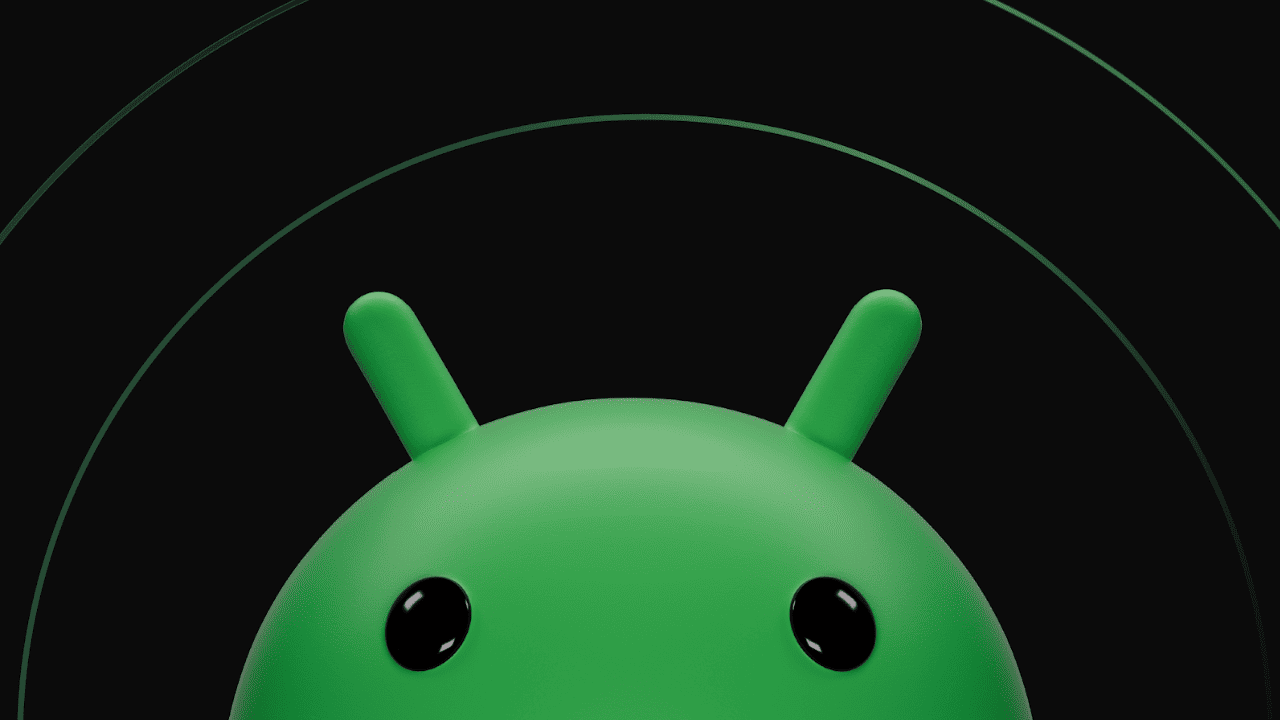Account Login
- Home
- Mobiles
-
- News
-
All news
Latest news

Aug 27, 2025 /
Samsung Galaxy S25 FE US Price and Specs Leak

Aug 16, 2025 /
Huawei Pura 80 Ultra Tops DxOMark Camera Rankings in 2025
-
- Reviews
-
All reviews
Latest reviews

Jun 14, 2024 /
FreeYond M5A : A New Name in Budget Mobile

Apr 23, 2023 /
Xiaomi Pad 6 vs Xiaomi Pad 6 Pro Comparison

Jun 22, 2022 /
Oppo Reno 7A 5G vs Samsung A52s 5G Specifications Comparison
-
- Other
- Contact Us
Top 10 Smartphones
| Device | Total hits | ||
|---|---|---|---|
| 1 |
| 24957 | 2 |
| 22476 | 3 |
| 20881 | 4 |
| 19599 | 5 |
| 19464 | 6 |
| 18692 | 7 |
| 18514 | 8 |
| 18089 | 9 |
| 17878 | 10 |
| 17791 |
Best Ratings
Latest News
Latest Reviews
Xiaomi Confirms Android 16 for HyperOS 3: Features and Release Date
Aug 14, 2025 Chathura Prabhaswara Gamage News 699 hits

Xiaomi Confirms Android 16 for HyperOS 3 — Here’s What to Expect
Sometimes, the biggest news doesn’t arrive with a flashy announcement. That’s how Xiaomi quietly confirmed its next major software upgrade — Android 16 for HyperOS 3 — in response to a bug report about a simple clock animation issue. The short but revealing reply: “Fixed in Android 16,” along with an estimated rollout date of July 31, 2025.

If you own a Xiaomi 14 running Android 15, this is the first official sign that your next big update will be HyperOS 3, layered on top of Google’s latest operating system.
HyperOS 3 and Android 16: More Than Just a Routine Upgrade
On the surface, upgrading to Android 16 might seem like a standard yearly update. But Xiaomi’s software approach often goes beyond just keeping up with the calendar.
With HyperOS 3, Xiaomi is aiming for smoother animations, faster transitions, and a generally more responsive interface. The update is also expected to bring improved system stability, which could mean fewer random crashes and more consistent performance over time.
AI Enhancements in Everyday Use
Xiaomi has already integrated AI into many of its apps, from photo organization to predictive typing. With Android 16, these AI-powered tools are expected to evolve further, potentially delivering smarter suggestions, better image recognition, and more personalized features that enhance everyday interactions.
Rollout Timeline and Availability

While the global rollout schedule remains unconfirmed, internal notes indicate that the update will first arrive on Chinese devices — a common practice for Xiaomi — before expanding to other regions. Depending on your location, that “soon” could mean weeks or even months after the initial release.
Why HyperOS 3 Matters
Yes, it fixes small bugs like the clock animation glitch, but HyperOS 3 is about more than patches. It represents Xiaomi’s ongoing push to match its hardware innovation with equally refined software experiences.
The Xiaomi 14 already boasts high-end hardware, and the addition of a refined interface, smarter resource management, and extended update support only strengthens its appeal. In today’s market, where long-term updates influence buying decisions, this is a strategic move.
Final Thoughts
Xiaomi isn’t just racing to keep pace with brands like Samsung or Google — it’s defining its own update rhythm. If HyperOS 3 delivers on its promises, it could extend the life and desirability of Xiaomi flagships well beyond the typical update cycle.
































Leave a comment: